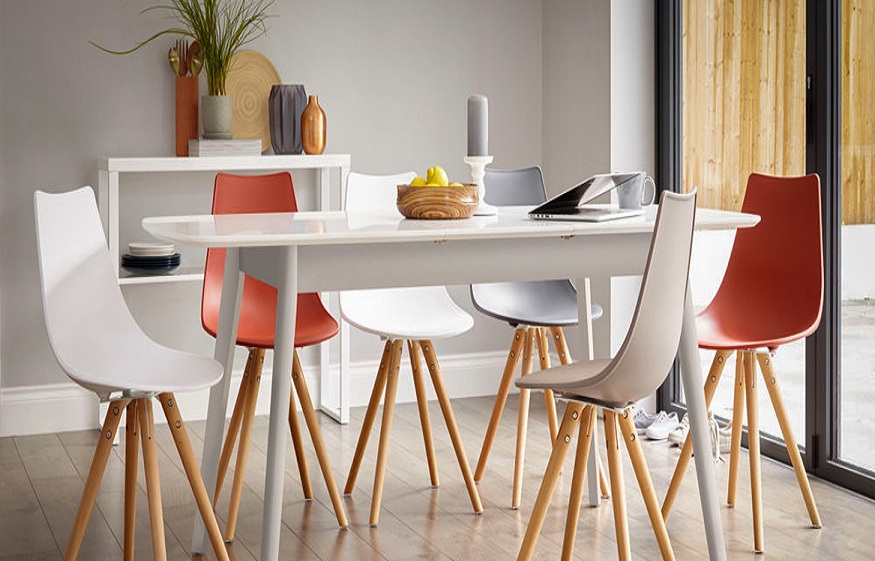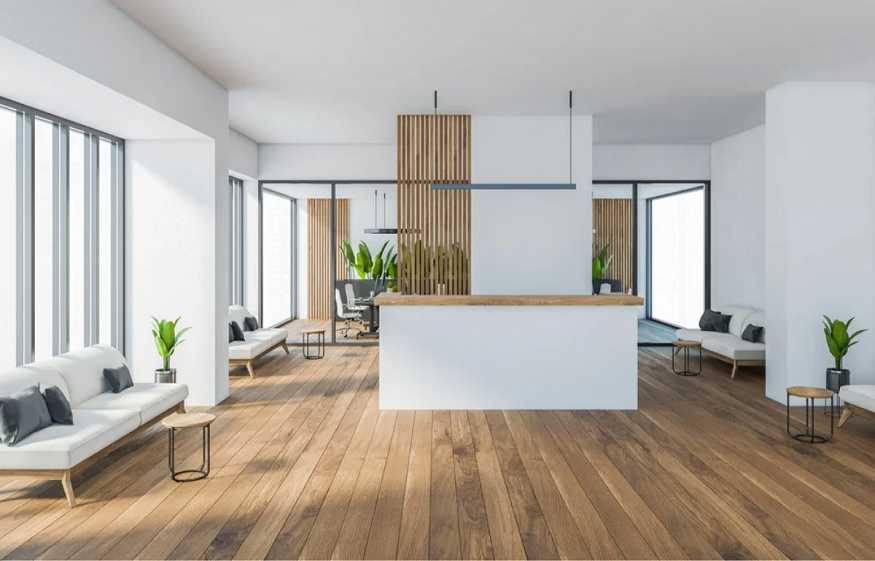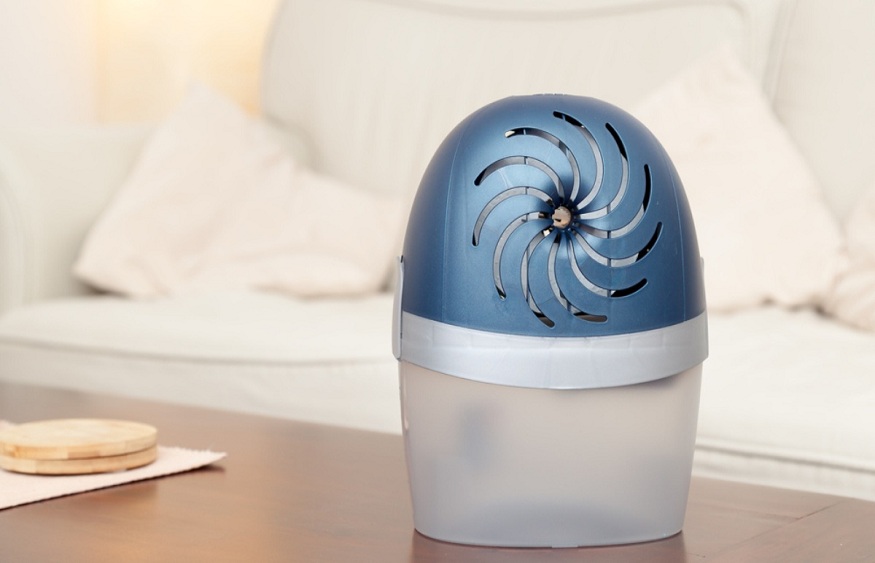A custom wood dining table can be a magnificent centerpiece in any home, especially at the heart of family gatherings, festive celebrations, or intimate dinner parties. As with any carefully chosen furniture, your custom dining table requires meticulous care to maintain its grandeur, preserving its aesthetic charm and structural integrity.
Whether it’s a beautifully crafted oak table or a unique live edge dining room table, knowing how to care for your table is instrumental in prolonging its life and preserving its beauty. In this post, we’ll guide you through some essential tips and tricks to maintain and care for your custom made dining tables, ensuring you enjoy the elegance and durability of your prized furniture for years to come.
Understanding Wood Types
The first step in proper care for your custom dining tables starts with understanding the wood from which they’re made. Common wood types used in dining table construction include oak, maple, walnut, and cherry, each with unique characteristics and care requirements. Oak is robust and dense, ideal for hefty furniture pieces, while maple possesses a soft, light color, perfect for a minimalist aesthetic.
Walnut has a dark, rich tone, giving off a luxurious appeal, whereas cherry wood ages beautifully, turning from a light pinkish-brown to a rich reddish-brown over time. These different wood types may require specialized products or cleaning techniques; thus, understanding your custom wood dining table’s material is paramount to its effective maintenance.
Regular Cleaning and Dusting
Maintaining the cleanliness of your custom dining table is integral to its longevity. Over time, dust and debris can accumulate, potentially causing scratches and dullness. Here’s a simple routine for cleaning your table: First, remove loose dust using a soft microfiber cloth or feather duster, working from one end to the other.
Next, lightly dampen the cloth with warm water and mild dish soap, wiping the table down gently. Dry the table immediately to avoid watermarks. Repeat this process once a week or as necessary, ensuring your custom wood dining table remains pristine.
Avoiding Excessive Moisture and Heat
Wood is sensitive to environmental conditions, and excessive moisture or heat can cause it to warp, crack, or stain. For instance, a hot coffee mug or a damp glass can leave marks that are hard to remove. As a rule of thumb, never place hot or wet objects directly on your custom dining tables.
Use coasters, trivets, and table pads to safeguard the surface of your table. If a spill occurs, clean it up immediately to prevent staining and water damage. Remember, prevention is always better than cure when preserving your table’s condition.
Applying Protective Finish
Over time, wear and tear from daily use can cause your custom wood dining table to lose its luster. Applying a protective finish is an excellent way to preserve its beauty while providing additional protection against damage. Varnish, lacquer, and oil-based finishes are popular choices, each with distinct benefits.
For instance, varnish offers excellent durability and protection against heat and moisture, while lacquer provides a smooth, glossy finish and dries quickly. Oil-based finishes penetrate the wood deeply, enhancing its natural color and grain. Whichever you choose, the process often involves sanding the surface, cleaning it thoroughly, and applying multiple coats of the finish.
Handling Scratches and Stains
Scratches and stains might occasionally mar your custom dining tables despite your best efforts. Small scratches can be treated with touch-up markers or fillers that match the color of your wood. Mild soap and warm water can do the trick for stubborn stains.
If the stain persists, specialized wood cleaners can be utilized. However, always test on an inconspicuous area first to avoid damaging the finish. Remember, taking immediate action is key to preventing minor damage from becoming a major problem.
Avoiding Sunlight and UV Exposure
Just as UV rays can harm our skin, they can also damage your custom wood dining table. Prolonged exposure to sunlight can fade and discolor the wood, detracting from its beauty. To protect your table, position it away from windows or use window treatments like curtains or blinds to block direct sunlight. UV-protective coatings or finishes can also be applied for added protection, ensuring your table maintains its vibrant color and texture.
Seasonal Maintenance
Changes in temperature and humidity throughout the year can cause wood to expand and contract, leading to warping or cracking. To keep your custom wood dining table in optimal condition, consider using humidifiers or dehumidifiers to regulate moisture levels in your home.
Additionally, avoid placing your table near heating or cooling vents to minimize exposure to temperature extremes. Seasonal maintenance is an often overlooked yet essential aspect of caring for your custom-made dining tables.
Professional Refinishing and Restoration
Despite meticulous care and maintenance, there might come a time when your custom wood dining table needs professional intervention. This could be due to major repairs, deep cleaning, or reviving old or damaged wood. Consult a reputable professional who specializes in refinishing or restoring wooden furniture.
They will have the expertise and tools to return your table to its original glory. Always ask for cost estimates beforehand, and check reviews or references to ensure quality artistry.
Storage and Moving Tips
Relocating or storing your custom wood dining table can be daunting, particularly given this furniture piece’s size, weight, and sentimental value. Nevertheless, with some preparation and the right techniques, you can safeguard your table from potential damage.
If you’re preparing for a move, begin by disassembling the table. Detach the legs and leaf sections to make the table more manageable and reduce the risk of accidental breakage. Wrap each part separately in moving blankets or bubble wrap and secure them with packing tape, paying extra attention to corners and protruding parts. Ensure the table’s surface is completely covered to prevent scratches or dings during transit.
Always disperse the weight when lifting the table, preferably with one person on each end. Never drag the table, as this could damage the legs or lead to scrapes and scratches. Using furniture sliders to move the table across a room or down a hall is also a good idea.
For long-term storage, choose a climate-controlled environment, as drastic changes in temperature and humidity can lead to warping, cracking, or other damage. Before storage, applying a coat of protective finish to the table is a good idea to guard against dust and moisture. Cover the table with a cloth or furniture cover, but avoid using plastic, as it can trap moisture and cause damage. With these steps, you can ensure your custom wood dining table remains in excellent condition, ready to grace your new space when the time comes.
Conclusion:
Your custom wood dining table is more than just a piece of furniture. It’s a hub for cherished memories, family meals, and heartfelt conversations. It deserves the best care and maintenance. Remember, understanding the type of wood, regular cleaning and dusting, avoiding excessive moisture and heat, applying a protective finish, handling scratches and stains promptly, avoiding prolonged sunlight and UV exposure, conducting seasonal maintenance, and seeking professional refinishing when necessary all contribute to the lifespan of your table.




